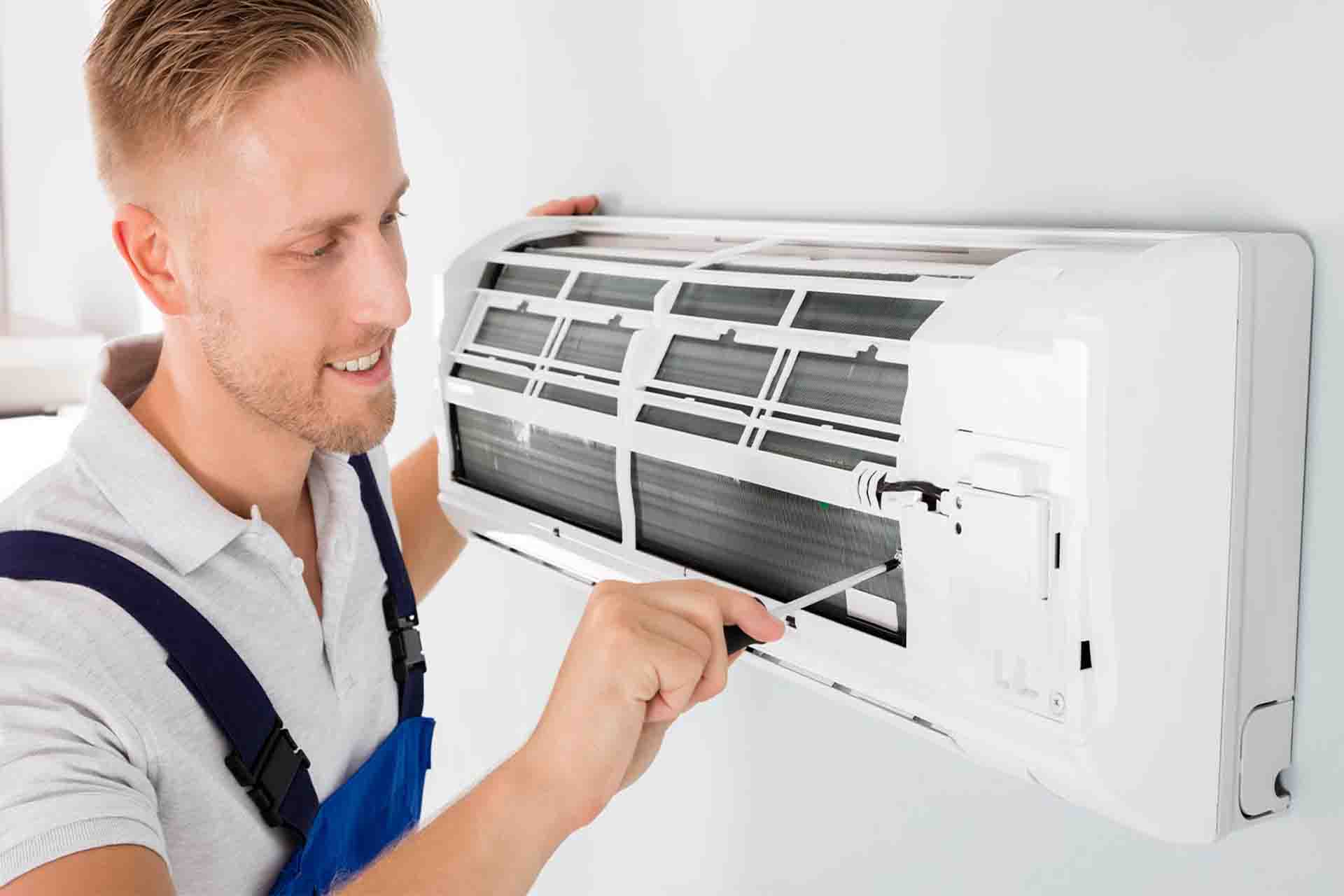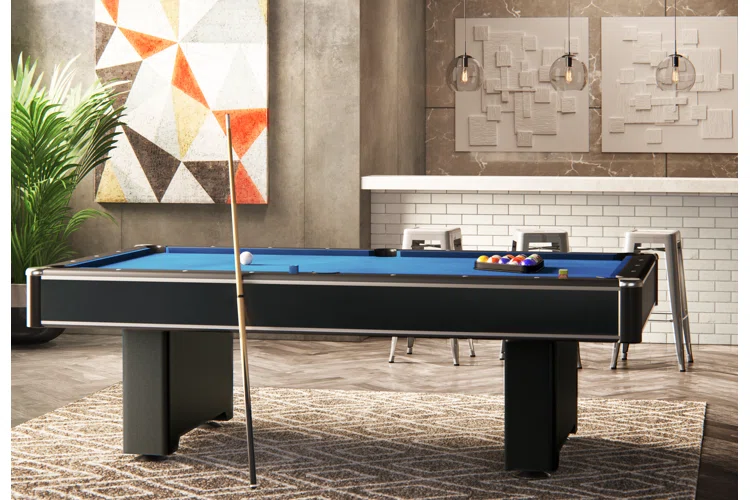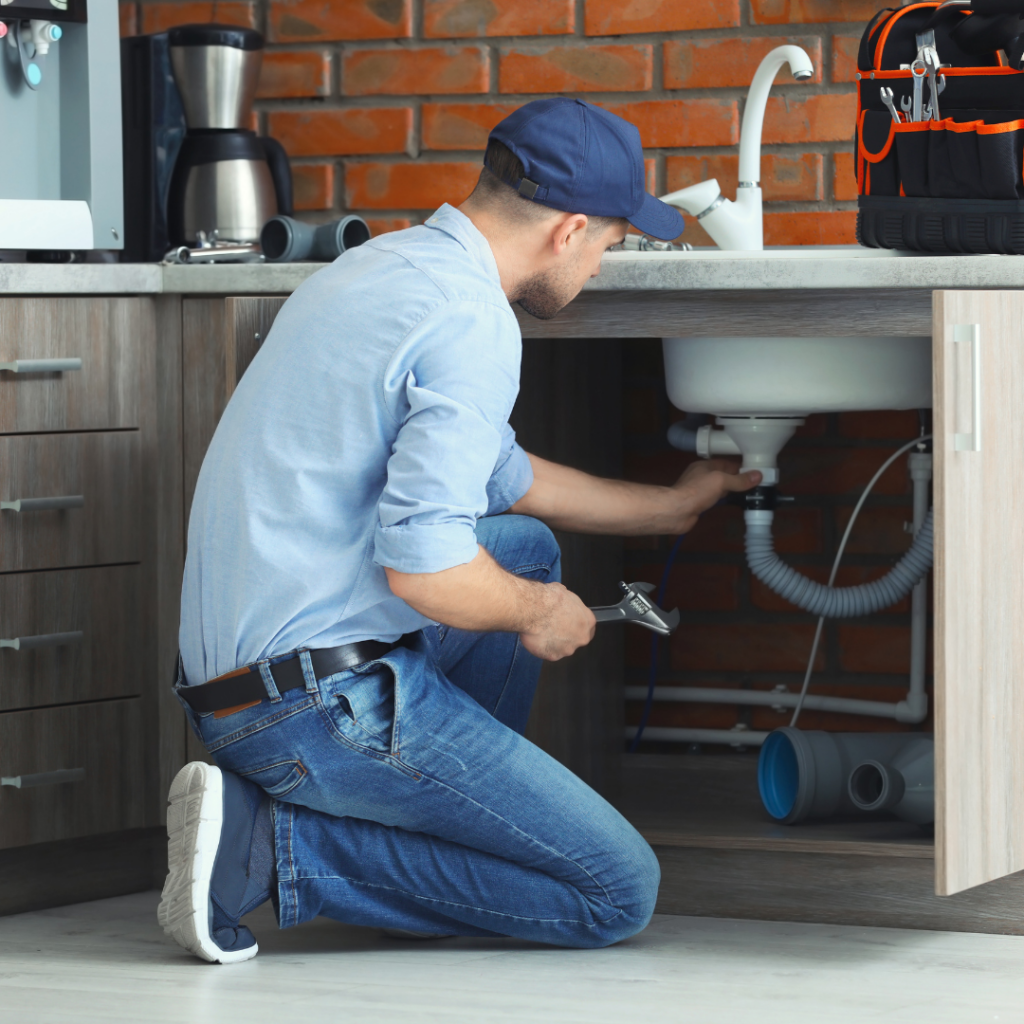Key Takeaways:
- Understand the signs that indicate it’s time for an air conditioning replacement.
- Learn ways to maintain your new air conditioning unit for optimal performance.
- Discover how to choose the right type and size of air conditioner for your home.
- Get tips for finding cost-effective air conditioning solutions and financing options.
Signs That It’s Time for an Air Conditioning Replacement
Is your air conditioner making strange noises or failing to cool your home effectively? This could indicate that it’s time for an air conditioning replacement. While slight noise is normal, consistent rattling, banging, or whining could indicate a severe issue. Additionally, if your unit is more than 10-15 years old, it may be nearing the end of its useful life. Most air conditioners are designed to last around 10-15 years. Frequent repairs and increasing energy bills are other signs that a new system might be more cost-effective in the long run. Older units tend to lose efficiency, resulting in higher utility bills and a larger carbon footprint.
Ignoring these signs can lead to more significant issues down the line. A malfunctioning air conditioner can make your living space uncomfortable and pose health risks due to poor air quality. For instance, inefficient cooling can increase humidity levels, creating a breeding ground for mold and mildew. Therefore, recognizing these early warning signs is crucial for maintaining a comfortable and healthy home environment. Taking action sooner rather than later can save you from unexpected breakdowns during the year’s hottest days.
Selecting the Right Type and Size of Air Conditioner
During air conditioning installation, choosing the correct type and size of air conditioner is crucial for energy efficiency and comfort. Start by evaluating your home’s cooling needs. The size of your space, the number of occupants, and existing insulation are all factors to consider. A unit that is too small won’t cool your home effectively, while one that is too large will cycle on and off too frequently, wasting energy. You can refer to expert guidelines and use online calculators to determine the appropriate size of air conditioning system for your space.
Types of Air Conditioners
- Central air conditioners are ideal for uniformly cooling larger homes. These systems use a network of ducts to distribute cool air throughout the house, ensuring consistent temperatures in every room.
- Window Units: Best for cooling individual rooms. These are typically less expensive and easier to install but may not be suitable for larger open spaces.
- Split Systems: Great for homes without ductwork. These systems consist of an outdoor compressor and one or more indoor air handlers, offering flexibility in installation and zoned cooling.
- Portable Units are versatile options for temporary cooling needs. They are easy to move from one room to another but are generally less efficient than window or split systems.
Once you’ve determined the best type of system for your home, consider the unit’s energy efficiency. Look for models with a high SEER (Seasonal Energy Efficiency Ratio) rating, as they will save you money on energy bills over time. Energy-efficient models might have a higher upfront cost but will pay off in the long run through reduced energy consumption and lower utility bills. It’s always a good idea to compare different models and read customer reviews to gauge performance and reliability. Remember to consult with HVAC professionals for recommendations tailored to your needs.
Maintenance Tips for Your New Air Conditioning Unit
Maintaining your air conditioning unit can prolong its life and improve efficiency. Regular tasks such as changing filters and scheduling professional tune-ups are essential. Clogged filters can restrict airflow and reduce the efficiency of your system, causing it to work harder and use more energy to cool your home. Refrain from regular maintenance to avoid problems, including reduced cooling capacity, higher energy bills, and a shorter lifespan for your unit.
Simple Maintenance Tips
- Change Filters Regularly: Replace filters every 1-3 months depending on usage and air quality. Clean filters can improve airflow and reduce the strain on your system.
- Clean the Coils: Dirty coils can reduce cooling efficiency. Ensure both the evaporator and condenser coils are free from dust and grime.
- Inspect the Thermostat: Ensure it’s functioning correctly. Consider upgrading to a programmable thermostat to control your home temperature better and save energy costs.
- Clear the Area Around the Unit: Remove debris and ensure airflow around the exterior condenser unit. Keep plants, shrubs, and other obstructions at least two feet away.
For more detailed maintenance advice. Additionally, scheduling professional tune-ups at least once a year can help identify potential issues before they become major problems and ensure your unit runs efficiently. During a tune-up, a technician will check for refrigerant leaks, inspect electrical components, and clean coils and ducts. Regularly performing these tasks will keep your air conditioner in top shape, providing a consistently comfortable living environment.
Cost-Saving Tips for Air Conditioning Replacement
Replacing an air conditioner can be a significant expense, but it’s possible to save money by looking for discounts, rebates, and off-season deals. During cooler months, demand for air conditioners drops, and many retailers offer lower prices. Additionally, some utility companies provide rebates for installing energy-efficient models, which can help offset the initial investment cost. Websites and local dealers often have promotions, especially at the end or beginning of the cooling season.
Opting for a high-efficiency model can provide long-term savings on energy bills. Compare different models and calculate potential energy savings to make an informed decision. Additionally, consider the total cost of ownership, which includes maintenance and operational costs, rather than just the purchase price.
Exploring Financing Options
If the upfront cost is a concern, multiple financing options are available to help manage expenses. Look into several providers’ HVAC financing programs, credit options, and payment plans. Many manufacturers and HVAC companies offer special financing deals yearly, such as zero-percent interest for a certain period. Research various financing options and choose the best one for your budget and financial situation.
Another option is to consider home improvement loans or using a low-interest credit card. Home equity lines of credit (HELOC) are attractive because they often have lower interest rates than credit cards. Read the terms and conditions carefully to understand potential fees or interest rates. Exploring these options can make a significant purchase more manageable without straining your finances. Some homeowners also consider leasing programs that offer the latest technology and maintenance services for a fixed monthly fee.
Final Thoughts
Investing in a new air conditioning unit is a great way to ensure comfort and energy efficiency in your home. By observing the signs that your old unit needs replacing, choosing the right size and type, and maintaining it well, you can optimize your investment while keeping costs down. Regular maintenance, choosing energy-efficient models, and exploring various financing options can make this upgrade more affordable. Remember, a well-maintained air conditioner enhances comfort and contributes to a healthier living environment by improving air quality and reducing humidity levels.


 Tech6 months ago
Tech6 months ago
 Tech8 months ago
Tech8 months ago
 Entertainment5 months ago
Entertainment5 months ago
 Tech8 months ago
Tech8 months ago
 Entertainment7 months ago
Entertainment7 months ago
 Entertainment8 months ago
Entertainment8 months ago
 Life Style8 months ago
Life Style8 months ago
 Entertainment8 months ago
Entertainment8 months ago


